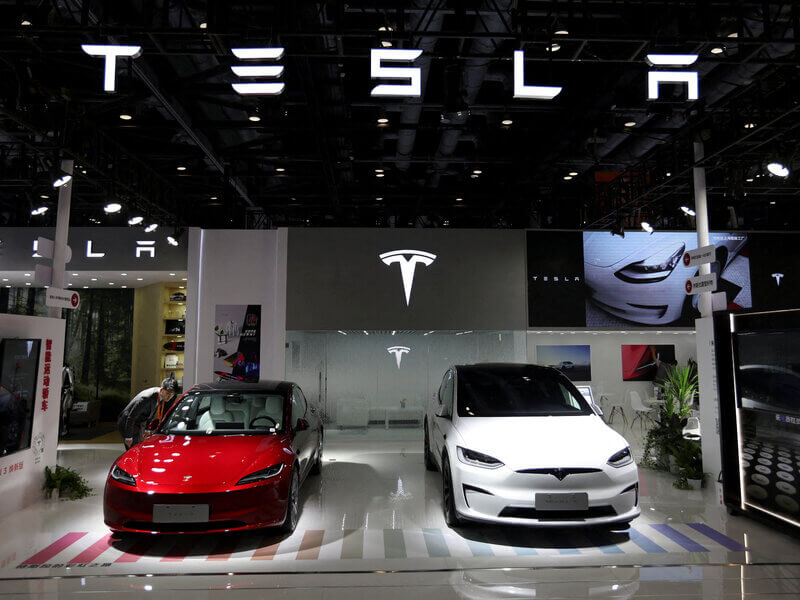Tesla has recently halted new orders for its US-made Model S and Model X vehicles in China, a move that has sent ripples through the electric vehicle (EV) market and sparked considerable debate among industry analysts and consumers alike. The decision, which became apparent on Friday, April 11, 2025, involves the removal of these models from Tesla's Chinese website and its WeChat mini program, effectively suspending the ability for customers in China to place new orders.
Several factors are believed to be behind Tesla's decision. Escalating trade tensions between the United States and China appear to be a primary driver. Recent weeks have seen a renewed trade war, with both countries imposing steep tariffs on each other's goods. Specifically, China has implemented significant tariffs on US-made products in response to increased duties imposed by the US, making the import of Model S and Model X vehicles substantially more expensive. This has priced Tesla's higher-end models out of reach for many Chinese consumers, especially when compared to locally manufactured EVs.
Another contributing factor is the increasing competition from domestic EV manufacturers in China. Companies like BYD, Xpeng, and Xiaomi have launched numerous rival models in the past year, putting pressure on Tesla to adjust its pricing strategy and product offerings. These local players often offer comparable or even superior specifications at lower prices, making it challenging for Tesla to maintain its market share, particularly with imported models subject to high tariffs.
Tesla's decision may also be influenced by internal production shifts and a broader strategic realignment. The company's Shanghai Gigafactory continues to produce Model 3 and Model Y vehicles for the Chinese market and for export, and these models remain central to Tesla's strategy in China. Tesla may be reallocating capacity to support these higher-demand models, which cater to a wider customer base in the price-sensitive Chinese market. The upcoming launch of a lower-cost version of the Model Y, slated for mass production in Shanghai in 2026, further supports this theory, as suspending Model S and Model X orders could clear the way for the new, more affordable model.
The impact of this decision on Tesla's market share and competitive position in China remains to be seen. While the Model S and Model X account for a relatively small portion of Tesla's overall sales in China, they are profitable vehicles, and their removal could lead to a further loss of market share to competitors. However, Tesla is also planning to launch a six-seat variant of the Model Y later this year in China, which could help the company maintain its competitive edge.
The move also aligns with Tesla's broader global strategy of focusing on emerging markets and introducing lower-cost models. Tesla has faced increased competition in China, and the company's ability to adapt and innovate will be crucial to its long-term success in the region. In the short term, Tesla will continue to sell its existing inventory of Model S and Model X vehicles in China, but new orders are not being accepted. It remains unclear when or if Tesla will resume taking orders for these premium vehicles in China.

















